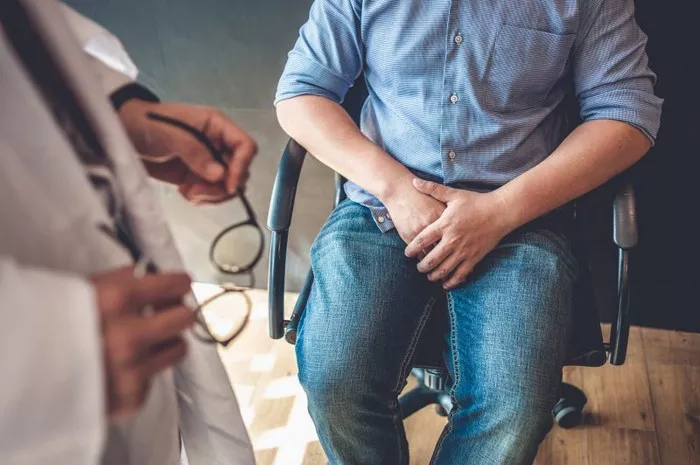In a shocking medical case, a 40-year-old woman from Italy experienced an extreme enlargement of her left breast after undergoing fertility treatments, ultimately leading to a rare condition known as unilateral gigantomastia. The woman’s breast grew to three to four times its natural size, causing severe physical and psychological distress.
The unnamed patient, a housewife from southern Italy, developed the condition gradually over a span of three years following her pregnancy. Doctors suspect that the fertility drugs she was taking to help her conceive may have triggered the abnormal growth. The exact cause of her condition remains unclear, but the hormone treatment is believed to be the primary factor.
Unilateral gigantomastia is an incredibly rare condition, with only around 300 documented cases in medical literature. It involves the excessive growth of one breast, which can reach more than 5.5 pounds (2.5kg) of tissue—far heavier than typical breast tissue. In this case, the woman’s left breast became so large that it caused significant back pain, difficulty walking, and psychological distress due to the imbalance in her body.
Initial tests to rule out breast cancer came back negative, but doctors discovered that her left breast had diffuse ductal hyperplasia. This condition causes the cells in the breast’s milk ducts to proliferate at an abnormal rate. While not cancerous, this abnormal growth can increase the risk of developing breast cancer later in life.
After ruling out other potential causes, the woman eventually underwent a successful breast reduction surgery to remove 7 pounds (3.45 kg) of tissue. The surgery not only relieved her physical symptoms but also restored balance to her chest. A year post-surgery, the patient reported significant satisfaction with the results, both in terms of her improved quality of life and the aesthetic outcome.
The surgeons who performed the procedure called it “one of the most extreme instances of gigantomastia” they had encountered. Gigantomastia can be caused by several factors, including hormonal imbalances, autoimmune disorders, and certain medications. In this case, it is believed that the fertility drugs she was taking played a central role in triggering the condition.
Researchers continue to study the causes of gigantomastia, as well as effective treatments, but cases like this remain rare and often require surgical intervention to restore balance and alleviate symptoms. The patient’s successful recovery highlights the potential for effective surgical solutions to rare and extreme conditions like unilateral gigantomastia.
Related topics:
Chen Jin: 20 Years No Rice, No Marriage or Kids
Advancements in Fertility: Piezo-Icsi Offers Hope for Women Facing Age-Related Fertility Challenges
























